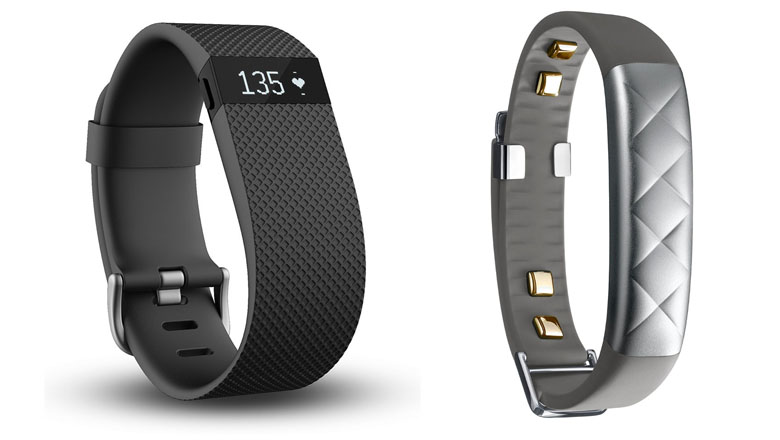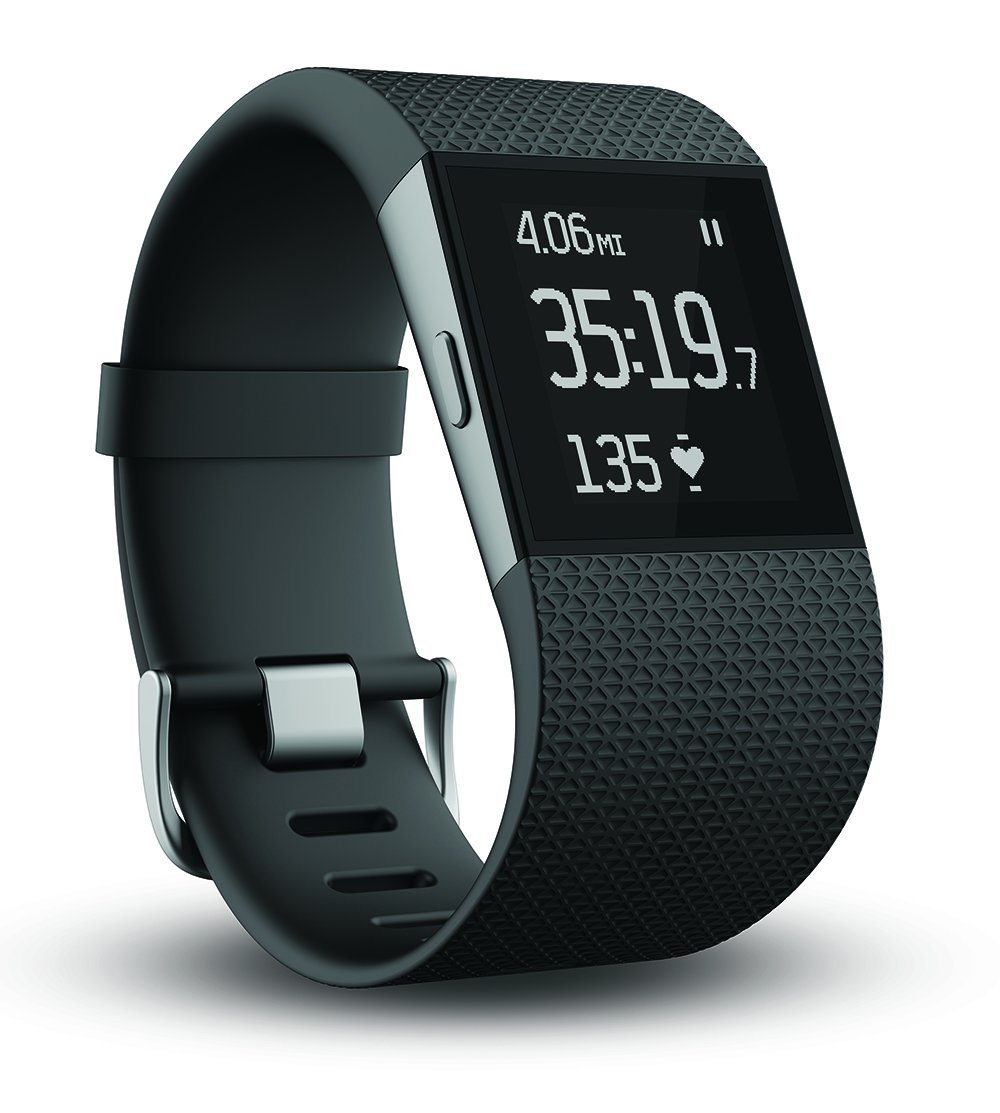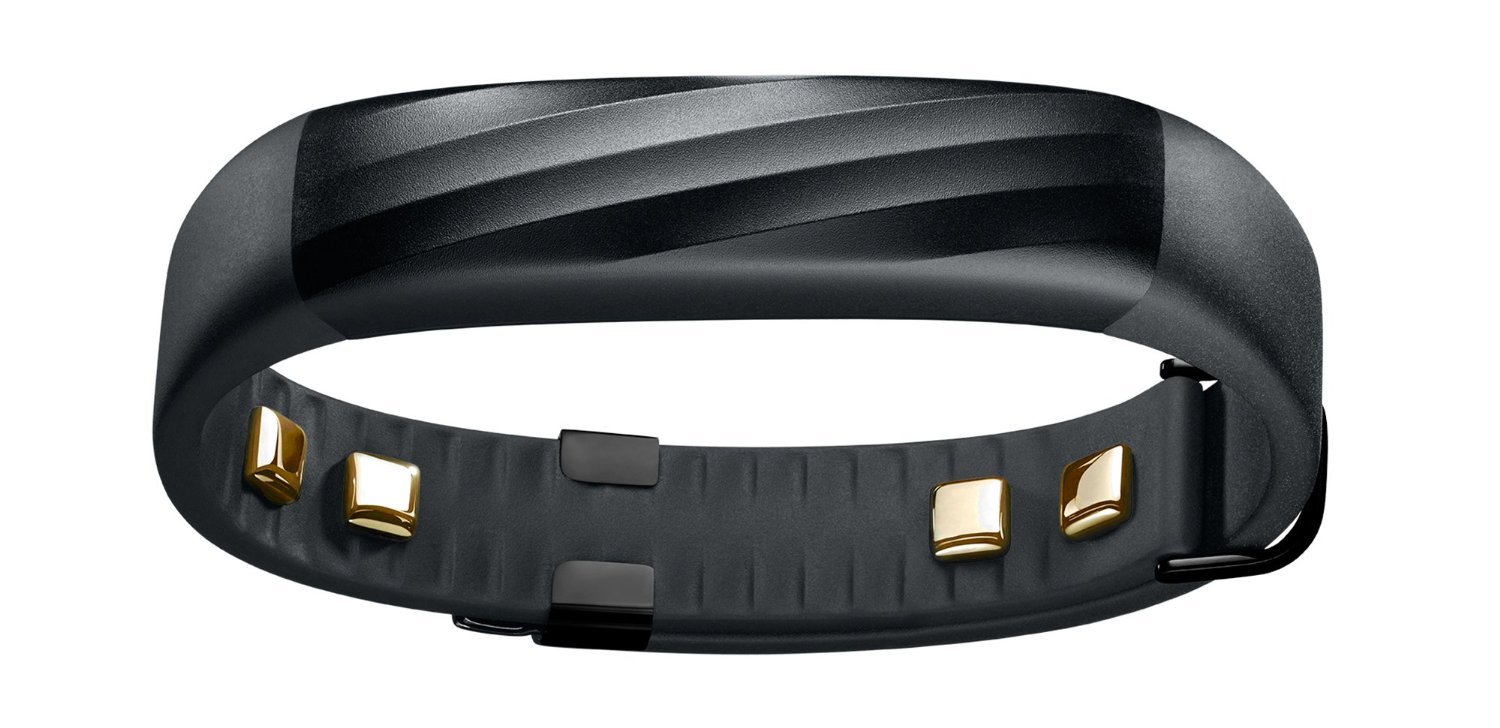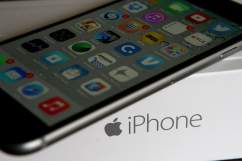
Fitbit and Jawbone are two of the leading names in fitness trackers right now. Chances are, if you’re shopping for a new activity tracker, then Fitbit and Jawbone’s offerings are right at the top of your list. While the Fitbit line may have a bit more variety, the Jawbone line of trackers is also worthy of praise. If you can’t decide between a Fitbit or a Jawbone, read on to see how all of the trackers available from these two top brands stack up. We’ll compare Fitbit and Jawbone models on the basis of price, battery life, special features, and device compatibility.
Want to get a better grasp on the wearables marketplace? Check out our guides to the best Fitbit alternatives, the top Fitbit accessories, or our Fitbit comparison post, which breaks down the differences between all Fitbit models in even greater detail. You might also want to read out fitness tracker comparison post, which outlines the difference between Fitbit and Garmin fitness trackers.
1. Fitbit vs. Jawbone: Fitness Tracker Comparison by Price
Both Fitbit and Jawbone offer a variety of models, with different features and different price points to suit your budget. As of this writing, Fitbit’s 2015 line includes six trackers: two clip-on wearables, and four wristband activity monitors. Jawbone’s lineup is a bit more modest, with just three trackers currently available (two bands and one clip-on wearable).
If you are lightly active, you will probably be happy with what Fitbit calls their Everyday Fitness trackers. That category includes the Zip ($59.95), the One ($99.95), the Flex ($99.95), and the Charge ($129.95). If you are a bit more athletic and need a heart rate monitor, the Charge HR ($149.95) is probably going to be your best fit. The Fitbit Surge ($249.95) is the most premium offering, and includes advanced features like GPS and HR monitoring. There’s also the new-for-2016 Fitbit Blaze, a wearable with a full touchscreen experience, and the ability to use GPS when paired with your smartphone. The Blaze should last up to 5 days with continuous heart rate monitoring and activity tracking before needing a recharge.
Jawbone’s current lineup consists of three main devices. There’s the JAWBONE Up Move Activity Tracker ($49.99), a clip-on tracker that can also be worn on the wrist. It tracks steps, exercise, overall calories burned, hours slept and quality of sleep. The next step up is the JAWBONE UP2 Activity Tracker ($99.99), a wristband tracker. The most premium option is the JAWBONE UP3 Activity Tracker ($179.99), a durable tracker with multi-sensor technology. With a little digging, you may be able to get your hands on Jawbone’s UP and UP24 trackers. While a bit older, these two models may be ideal for bargain hunters or those who don’t need top-of-the-line features. They have been discontinued by the manufacturer, but can still be found online for a fraction of their original MSRP.
While Fitbit does have the more expensive tracker at the premium level, both companies offer trackers around the $50 mark and the $100 mark. For the majority of shoppers, price is the deciding factor when purchasing a new gadget. Even if there are some premium features you’re craving, not every person is willing to go over budget to secure their dream fitness tracker.
Buy the Fitbit Surge here.
Buy the Fitbit Charge HR here.
Buy the Fitbit Charge here.
Buy the Fitbit Zip here.
Buy the Fitbit One here.
Buy the Fitbit Flex here.
Buy the Fitbit Blaze here.
Buy the JAWBONE Up Move Activity Tracker here.
Buy the JAWBONE UP2 Activity Tracker here.
Buy the JAWBONE UP3 Activity Tracker here.
2. Fitbit vs. Jawbone: Fitness Tracker Comparison by Special Features
There are a few special features that are only available on select Fitbit models. However, there are many features that are available on every single Fitbit, no matter the price point. Every Fitbit model on the market today has the following features: tracking for active minutes during the day, tracking for steps, tracking for calories, and tracking for distance. Most, but not all, will track your sleep. Many of the Fitbit devices will track floors climbed or offer you a silent alarm to wake you without waking your partner. Nearly all Fitbit trackers have a display for the time.
Only one Fitbit wearable, the Fitbit Surge, has GPS built in. A couple of Fitbit trackers have heart rate monitoring, including the top-of-the-line Surge. There’s also the Charge HR. The Fitbit Charge HR is one step above the the Fitbit Charge, which lacks the heart rate monitoring you’ll find in the Charge HR.
Fitbit also benefits from a recent partnership with Tory Burch, enabling users of the Fitbit Flex to give their tracker a seriously cool, fashion-friendly upgrade. This gorgeous Fitbit accessory is so craveable, we also featured it on our list of the best gifts for women. They may carry a premium price tag, but these bracelets are worth a bit of a splurge.
Another cool Fitbit accessory is the Fitbit Aria smart scale, a body weight scale that will upload your weight and other stats automatically via Wi-Fi to the Fitbit website.
Jawbone also has some cool accessories you can use with your Jawbone tracker, including the very futuristic Orange Chef Prep Pad. This kitchen cutting board/scale plays nice with the Jawbone app, allowing you to get an accurate glimpse at your nutrition. It’s also able to give you advice about what to eat post-workout.
Unfortunately, no Jawbone trackers offer built-in GPS at this time. That being said, the whole lineup of current Jawbone trackers boasts the same core features: activity tracking, sleep tracking, food logging and smart coaching. The UP3 also includes “Heart Health” tracking features.
3. Fitbit vs. Jawbone: Fitness Tracker Comparison by Battery Life & Water-Resistance
Check out the video above to see how the Fitbit Charge HR stacks up against the Jawbone UP3.
Battery life can vary greatly between different Fitbit and Jawbone models. The Jawbone UP2 and UP3 boast battery life lasting up to 7 days. This battery can be recharged. The Jawbone UP MOVE has a battery that will last for six months before it needs to be replaced.
The Fitbit Surge offers up to seven days of battery life, while the Fitbit One only lasts around ten days. The Fitbit Zip has a replaceable battery that runs for six months. The Flex and Charge HR can last around five days before being recharged, while the Charge can last for a little over a week on a single full charge.
The Jawbone and Fitbit lines are similarly rated in terms of waterproofing. The UP3, UP2 and UP MOVE are splash-proof. However, you shouldn’t submerge them or wear them in saunas and steam rooms.
Fitbit states that while Fitbit devices are water resistant, you should avoid wearing a wet band on your skin to avoid skin irritation. Fitbit Surge is water resistant to 5 ATM, or 50 meters, and Fitbit Charge HR is water resistant to 1 ATM, or 10 meters. This means the trackers can be submerged and will still work when removed from the water. However, you should not wear any Fitbit trackers while actively swimming, since the force of a swimming stroke will be too much for the device.
4. Fitbit vs. Jawbone: Fitness Tracker Comparison by Compatibility
Watch the video above to learn more about the differences between the Fitbit Charge HR and Fitbit Surge trackers.
If you want to own a fitness tracker, you’ll want to make sure that you own a premium smartphone. Even somewhat older smartphone models should work find with most fitness trackers on the market today. Fitbit claims to work with the largest number of phones, more than any other tracker. You can see the whole list of supported iOS and Android devices here. Fitbit also works with Windows phones.
Jawbone trackers are capable of working with iPhones as old as the iPhone 4s and newer, along with the iPod Touch 5th Gen, and multiple iPad models. Jawbone also plays nice with multiple Android devices. Jawbone can also pair with Windows phone devices. You can check a specific Jawbone tracker’s compatibility with your smartphone here.
5. Fitbit vs. Jawbone: Fitness Tracker Comparison & Conclusion
Leaning towards a Jawbone UP3? Check out an in-depth review of that tracker model in the video above.
To some extent, Fitbit may have been a victim of its own success. Fitbit has been the focus of multiple scandals related to rashes. Last year, Fitbit issued a voluntary recall of their Fitbit Force fitness tracker after a small percentage of users reported rashes and contact dermatitis after wearing the tracker for prolonged periods. Early this year, another round of users reported rashes again. However, the number of affected people is quite small, and the rashes usually go away after a couple of days without wearing the tracker. For people with extremely sensitive skin, Fitbit’s history of rash issues can be a deal breaker.
If you’re looking for a fitness tracker that has an on-device display, one of the Fitbit models is the best option for you. Jawbone does not offer a fitness tracker with GPS at this time, but Fitbit does.
However, Jawbone may be better suited to your needs if you are seeking a fitness tracker that has a large number of sensors. The Jawbone wristbands also, generally speaking, are a bit thinner than the bulkier bands on the higher end of the Fitbit spectrum. Depending on which model you select, you may get better battery life than you would with other Fitbit devices.
Buy the Fitbit Surge here.
Buy the Fitbit Charge HR here.
Buy the Fitbit Charge here.
Buy the Fitbit Zip here.
Buy the Fitbit One here.
Buy the Fitbit Flex here.
Buy the Fitbit Blaze here.
Buy the JAWBONE Up Move Activity Tracker here.
Buy the JAWBONE UP2 Activity Tracker here.
Buy the JAWBONE UP3 Activity Tracker here.



